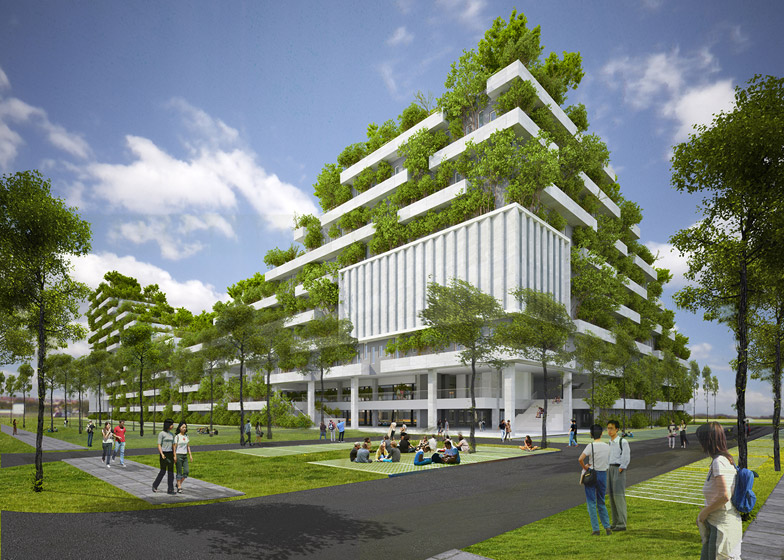
Table of Contents
What is a Green Building?
A green building is a building that is environmentally friendly, meaning that it is energy efficient (using things like solar panels for electricity). It can also mean that the building itself is environmentally friendly, throughout its entire lifecycle (from the planning process to eventual demolition). The Bullitt Center in Seattle, Washington is an example of a green building.
When constructing a green building, many things have to be taken into consideration. If you’re looking to live in a more sustainable home, or even if you’re looking to become a specialized contractor in your state, specifically in constructing green homes and buildings, here are some of the biggest considerations to think about.
Considerations for Constructing a Green Building: Pollution
Pollution is considered to be any type of contamination to the natural environment that creates negative effects on the environment. With any type of construction project, there’s the possibility of pollution happening. There’s air pollution, water pollution, and more commonly, solid waste pollution.
Waste Reduction and Building Materials
This simply means to use less of a substance. When it comes to a green building project, you’ll want to construct the building out of sustainable materials. This can include recycled materials: natural, responsibly sourced materials such as wood and bamboo; and locally sourced materials, to eliminate the need for materials to be transported, which can create air pollution.
Toxin Reduction
This is similar to waste reduction, but instead of reducing toxins, green buildings should eliminate toxins as much as possible. Examples include asbestos and formaldehyde.
Considerations for the Building Itself: Efficiency
Energy and Water Efficiency
Natural lighting is probably the easiest way to go when it comes to an energy-efficient building. Large windows will bring plenty of light into spaces. The only concern this may cause is that with sunlight comes heat, so this could also potentially make a building hotter.
Another option is equipping the building with smart devices that reduce the amount of energy and water being used in a building. Smart plugs, smart thermostats, and even LED lights are some things that help reduce energy consumption, while smart toilets and smart sprinklers use the least amount of water needed to get the job done.
Renewable Energy
As mentioned before, solar panels are great for energy efficiency, and they use renewable energy. Being powered by the sun, solar panels provide light and electricity to the building during daylight hours. If the building is going to need light during the nighttime hours, energy banks that preserve power can be installed to power the building when the sun is not out.
Other Considerations
Indoor Air Quality
This kind of goes back to waste and toxin reduction. Eliminating toxic materials from the beginning naturally improves the air quality in a building. Fortunately, most buildings have eliminated the use of toxins such as asbestos and lead paint, but mold is another toxin to consider. Proper air circulation is essential in preventing mold growth.
Flooring is equally important. Carpeted floors can trap dirt, dust, pollen, and other allergens. Sustainable buildings typically have hardwood, or another type of natural flooring to help with indoor air quality.
Costs
Of course, the costs of building projects should always be considered. Green building tends to be more expensive in the beginning but saves money, energy, and other resources in the end. However, sometimes building green can actually cost less money in some cases since the focus is on using recycled, reused, and renewable materials.
Most people probably think of the operation of a building being energy efficient makes it a green building, which is not untrue, but so many other things are considered when it comes to green building. A true green building is sustainable its entire life cycle. The planning, design, construction, operation, maintenance, renovations, and even the demolition of a green building are all environmentally responsible.


